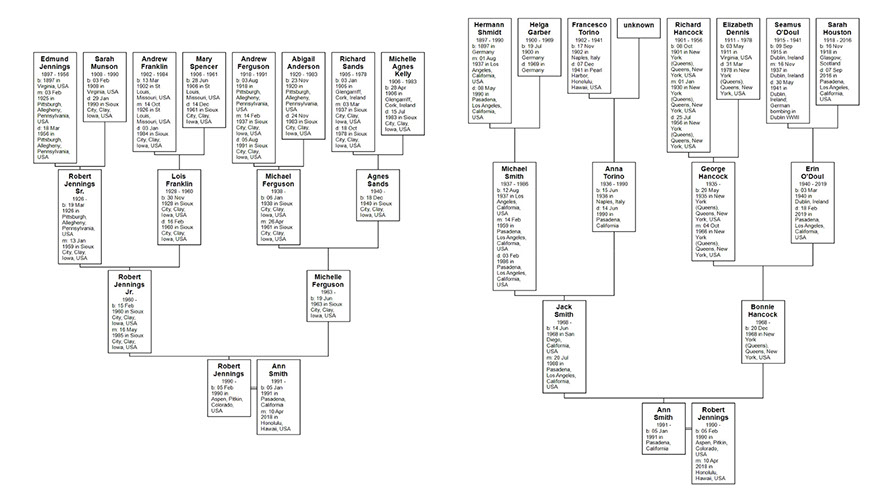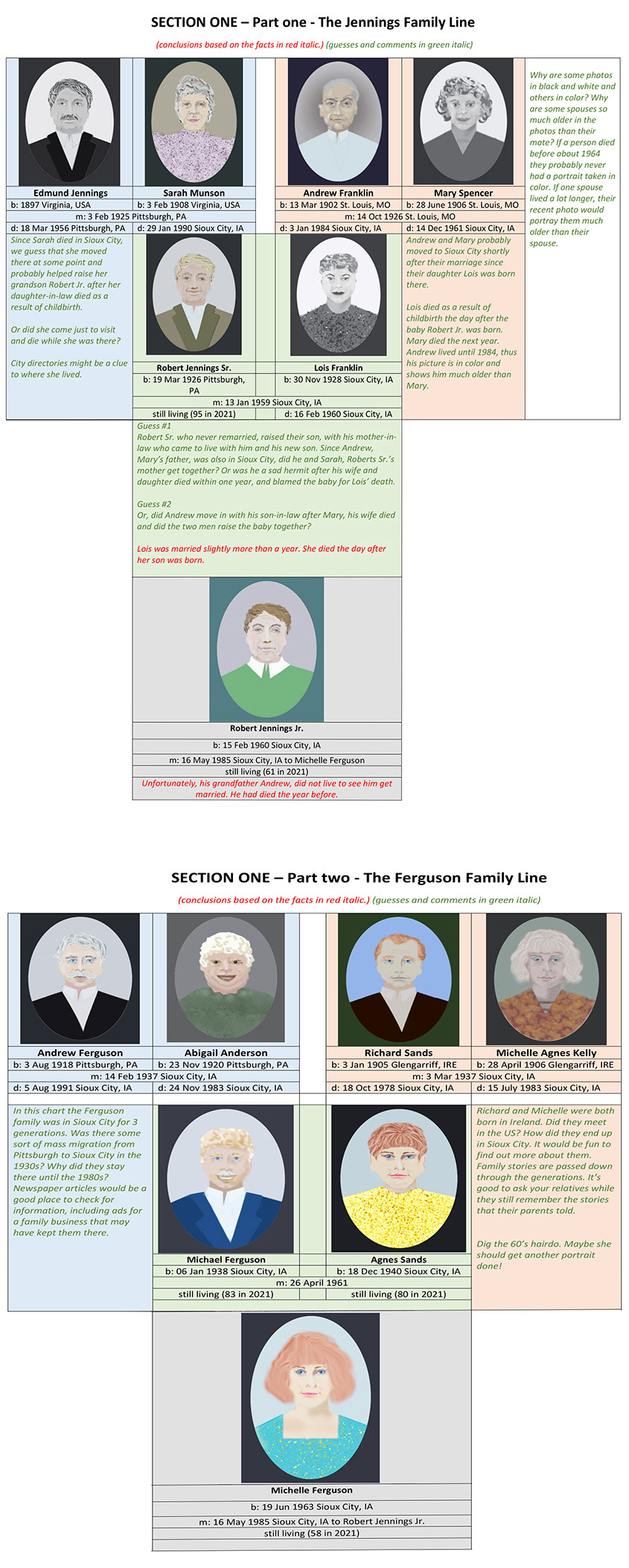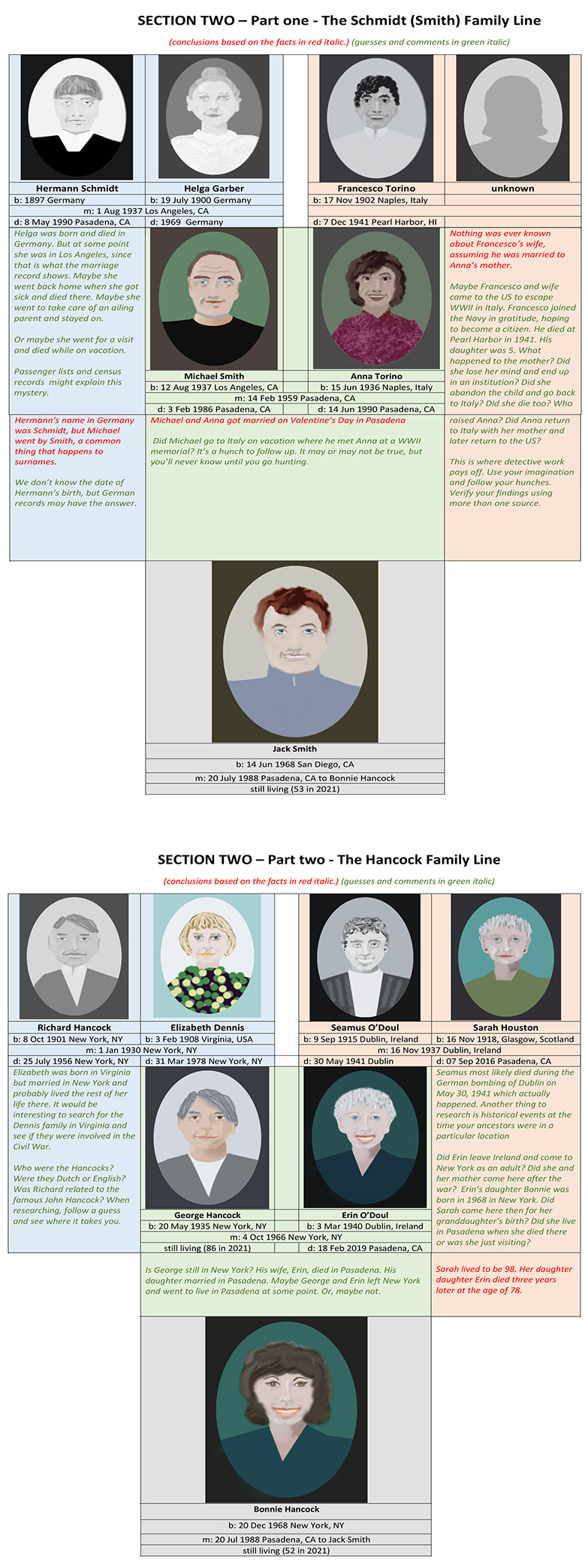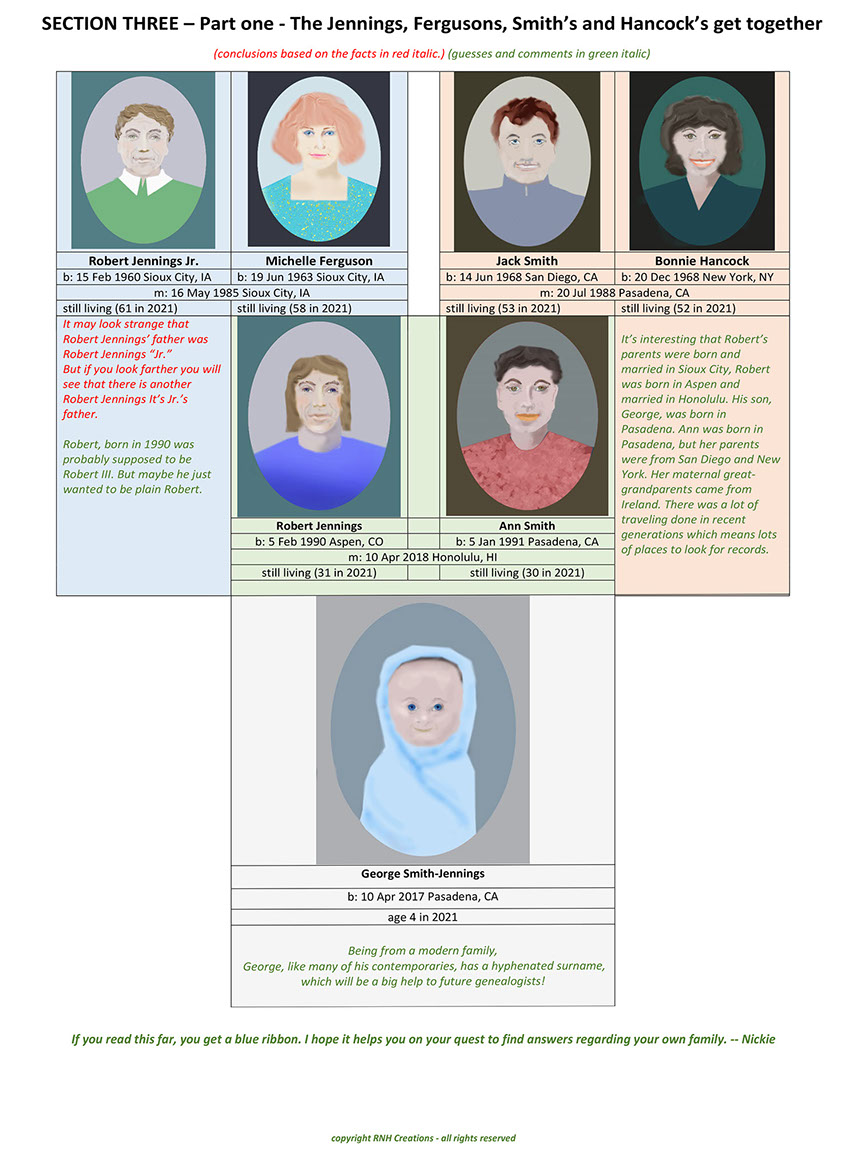
Helpful Hints & Reference
Some Things to Consider When Doing Research
1. Look for differences and variations in spelling of names and locations (Mary, Molly, Mollie, Pollie, Polly etc).
2. Remember that names and locations that originally were written in another language and with a different alphabet can be spelled in many different ways.
3. The history and geography of a region are important to know when looking for someone. Borders change and cities can be in one country one year, and another country the next year.
4. Don't rely on transcribed documents for accuracy. They have been copied from an original by a person. Always try to view the original document.
5. Try to find more than one source for all facts. There is more of a chance for accuracy that way. And list the sources for everything you find. That way, when you look at it later you will know where that information came from.
Links to Some Helpful Websites
(free and subscription-based research worldwide)
(information about immigrants to the US in the late 19th century into the first half of the 20th century)
(list of cemeteries and memorials, some of which have family information)
National Archives - Military Records
(an amazing resource for genealogists and researchers)
(free website for research and for online family trees)
(a resource directory to genealogy-related information all over the web)
The following tree was created using an imaginary family. It was created for reference and to use as a guide when searching on your own, and analyzing the information you find.
If you take a few simple facts like birth, marriage and death, and include locations, a lot of suppositions can arise. Your guesses beyond the facts, can lead to finding accurate, sourced information.
Some facts are set in stone, some guesses are far flung. In the middle you'll find lots of research results, additional sources, hunches to follow and creative detective work to do.
This example starts with a few facts gleaned from memories, census reports, and family and public records.
Let's suppose George Smith-Jennings was born on April 10, 2017.
His father, Robert Jennings and his mother, Ann Smith, wanted to trace their heritage.
Based on simple facts such as names, locations and dates, they were able to construct
their family trees listed below.

These trees are full of words, but no stories.
The following display shows what can be deduced from these trees, and adds photos as well.
It ends with baby George Smith-Jennings and starts at the 1800's with his ancestors.
Section One shows George's father's side, Section Two shows his mother's side.
Section three brings the two families together
(Persons are imaginary and do not really exist.)


copyright 2023 RNH Creations - All Rights Reserved Member of the Graphic Artists Guild and Several Genealogical Societies
